What is mining
How we
extract minerals
Different mining methods are used to extract minerals, depending on the type of mineral and where it is located. The footprint of mining is temporary. Once the mineral has been extracted, the mine site is rehabilitated in line with permit conditions to mitigate or offset any environmental impacts.
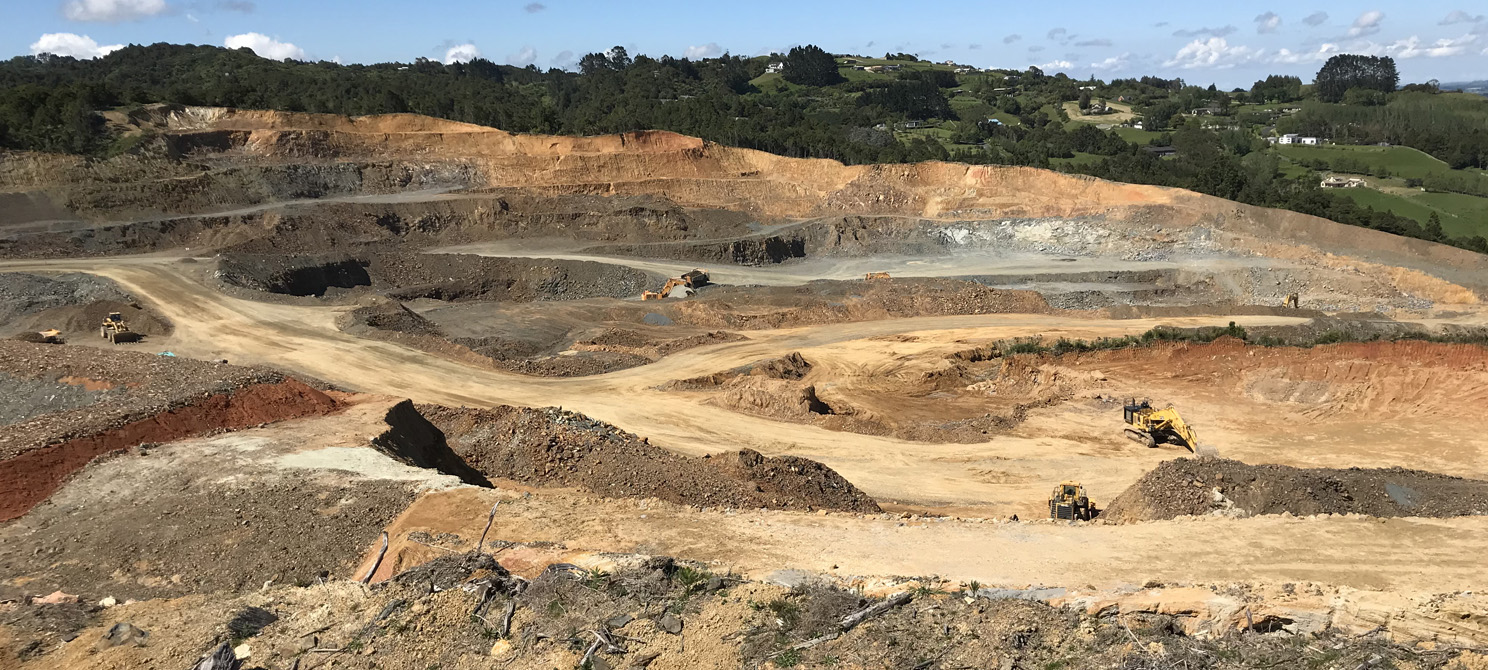
Open cast mining
Coal and gold can be mined open cast in New Zealand. Once mining has finished, the site is rehabilitated, see below.
Essentially, overburden is removed, the exposed ore is recovered, and the pit is filled, progressively, by the next tranche of overburden or stockpiled overburden, depending on final land use when mining is completed. Blasting may be used to fracture rock to make excavation easier.
The working footprint of an open cast mine, such as Macraes gold mine in Otago, would typically be up to 300ha although the total area mined over time would be much greater than that.
Open cut mining
Open cut mining can be used to extract gold and coal. A pit is dug, progressively deeper as the ore, technical considerations, consents, and economics allow.
When complete, the pit is turned into a lake for community use or modified as agreed in the consent conditions. This is the method which will be adopted at the Martha gold mine at Waihi.
The footprint of an open cut mine is similar to an open cast mine.
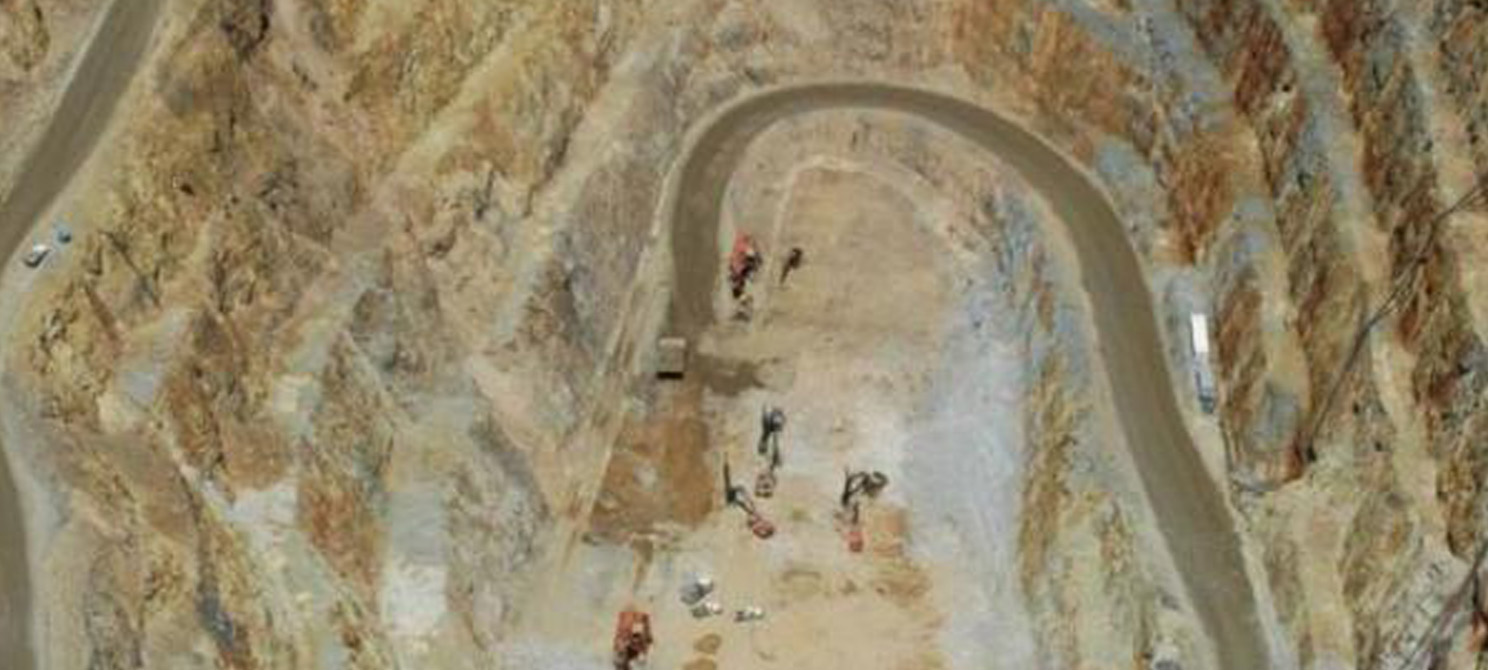
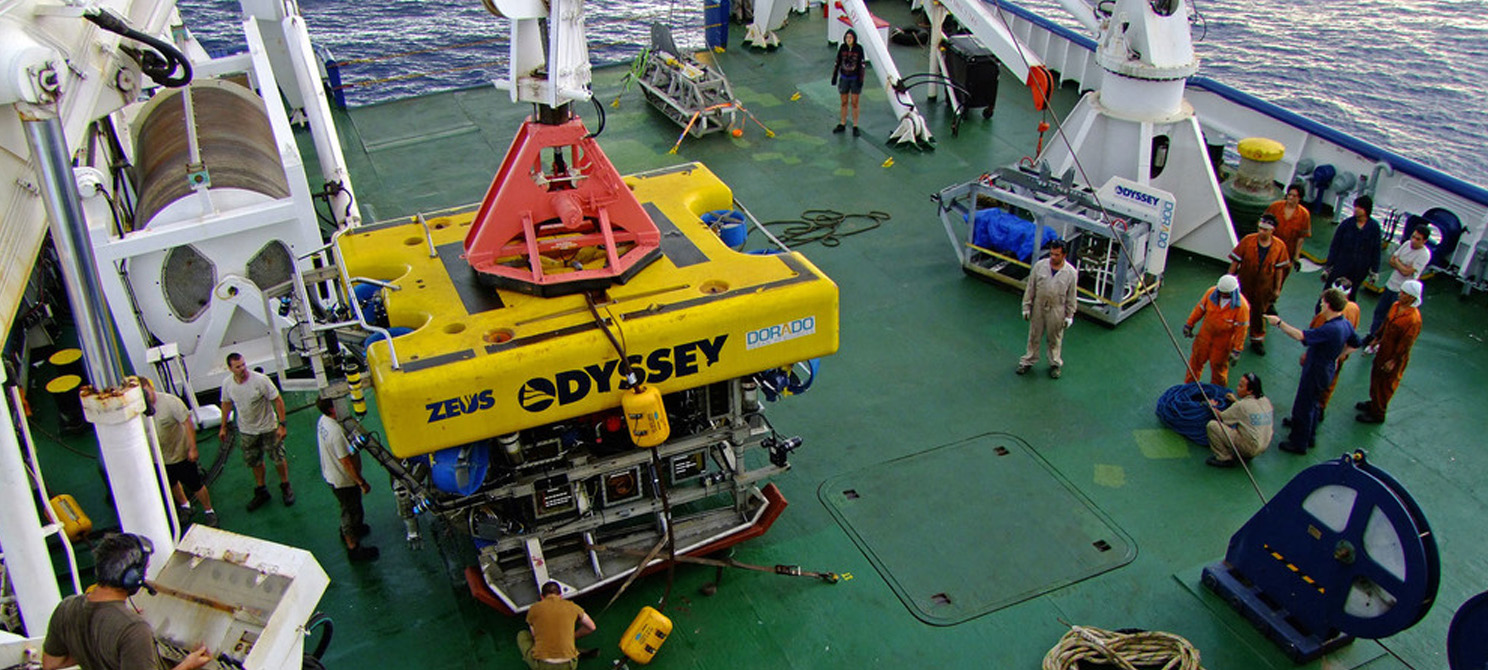
Seabed mining
Resources such as ironsands, rock phosphate, precious and base metal sulphides are extracted off the seafloor using very different technologies to those used on land, with the added challenges of working at depth and often by remote control.
Material is scooped off the seafloor and pumped via a pipe to the surface to a purpose-built ship. Separation of ore from waste rock is carried out on board the vessel, and the waste rock is then returned to the seafloor via a pipe to minimise sediment dispersion.
Any project proposal is subject to independent scrutiny that establishes the environmental impacts and remediation requirements specific to that proposal.
Alluvial mining
Alluvial mining is the extraction of minerals (with a pump or machinery) from sediments such as sand or gravel. It is commonly used in New Zealand for gold, ironsand and garnet. Rehabilitation depends upon the area but is generally limited to the extracted area (replanting) and the supporting works (such as access ways and storage areas).
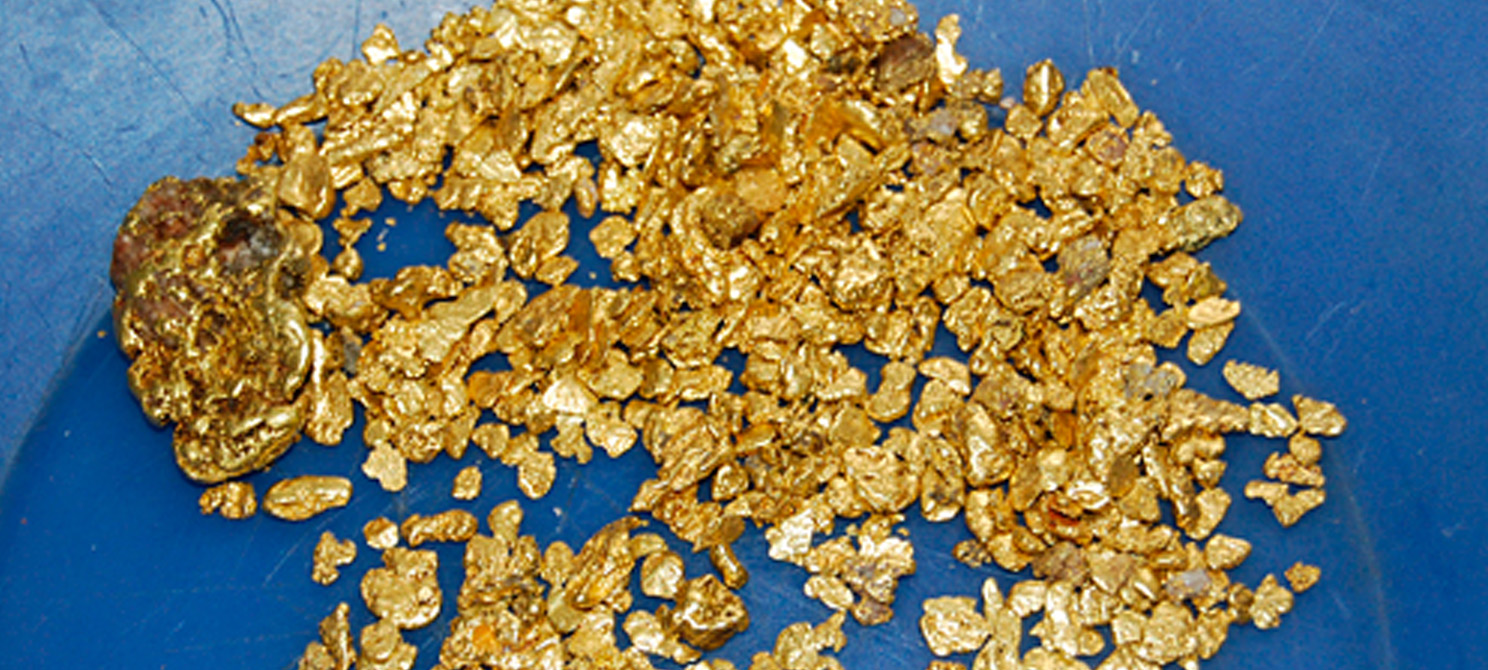
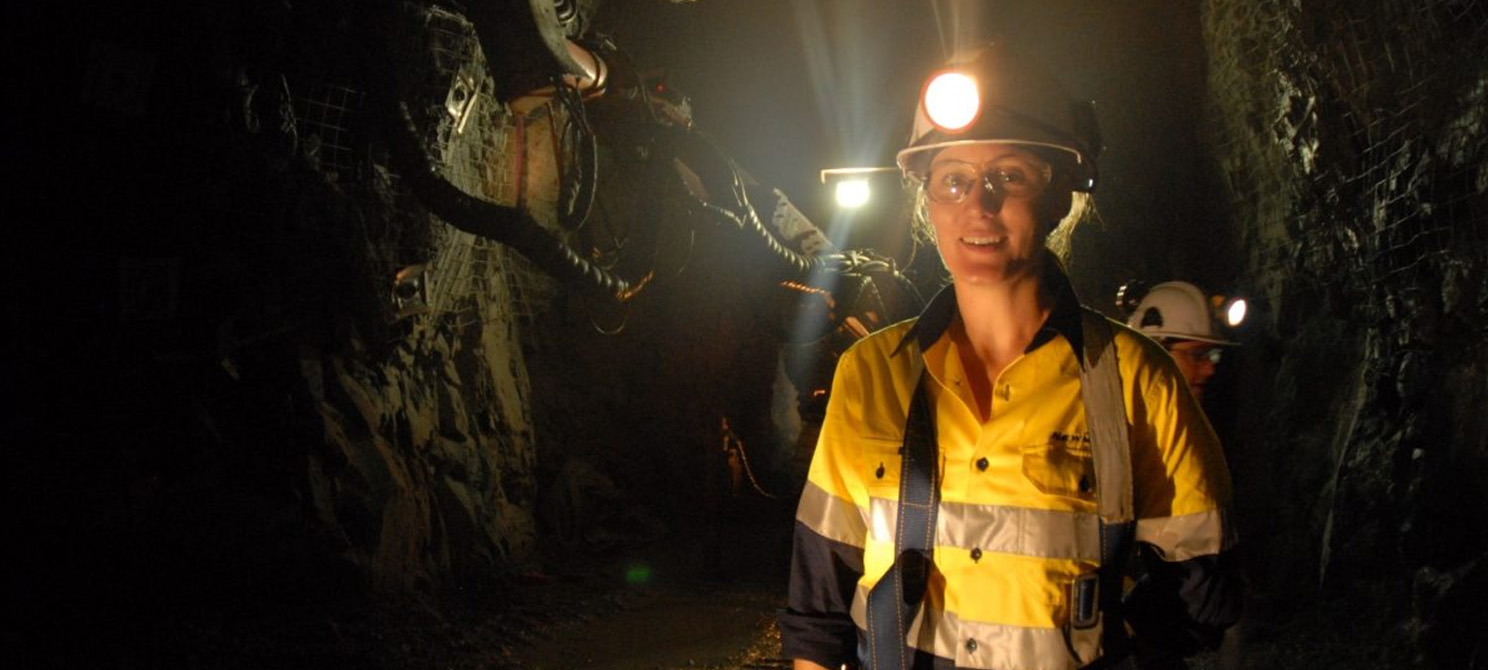
Underground mining
Minerals extracted from underground mines include gold, silver, and coal. An underground mine will normally have a surface footprint of five-10ha.
The percentage of ore recovered depends on safety considerations.
There are a multitude of underground mining techniques to extract the maximum amount of ore in a safe manner.
Processing
In all metal mines and many coal mines there will be a processing facility to upgrade/refine the ore into a saleable product.
At the Macraes gold mine for example, the processing plant crushes, grinds, and chemically treats the ore to recover the gold. Any chemicals used are neutralised before discharge.
All water (including from rainfall) in the processing plant area is collected, treated and recycled where possible. Any discharge is monitored and controlled to meet volume and quality standards required in consent conditions.
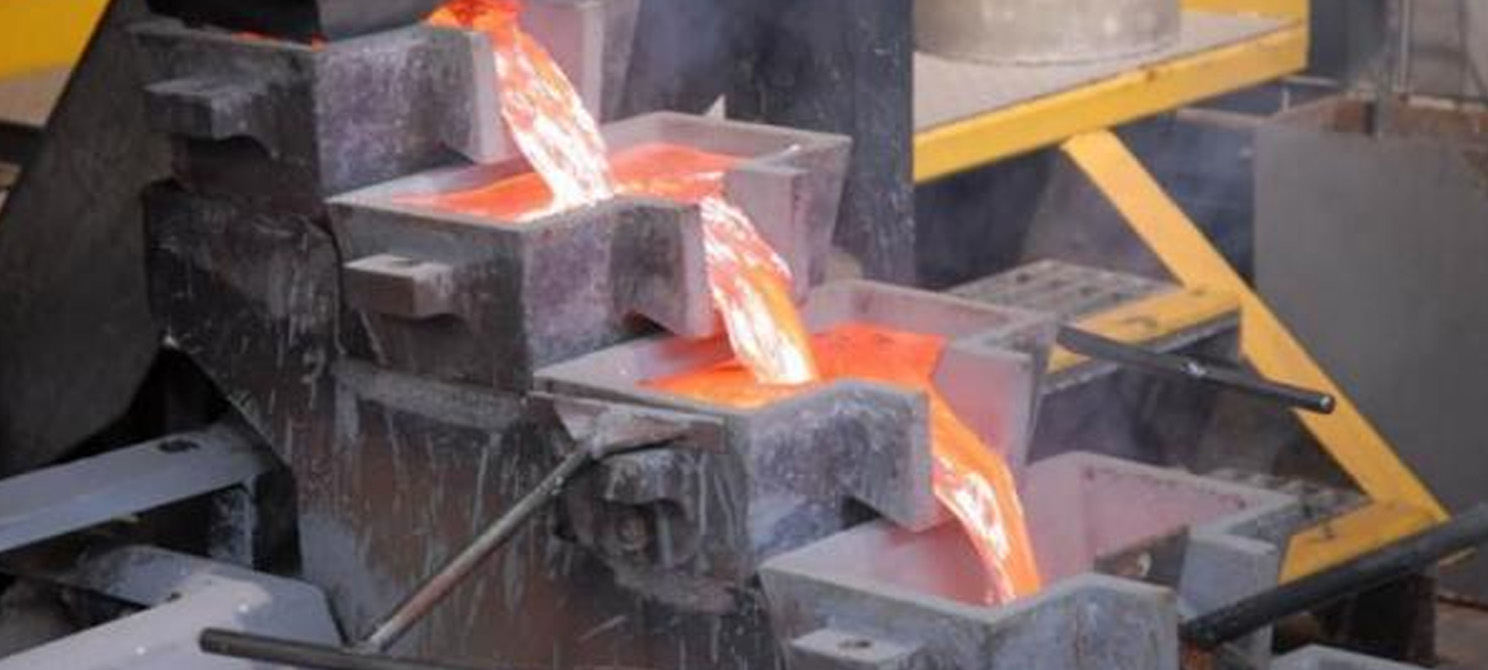
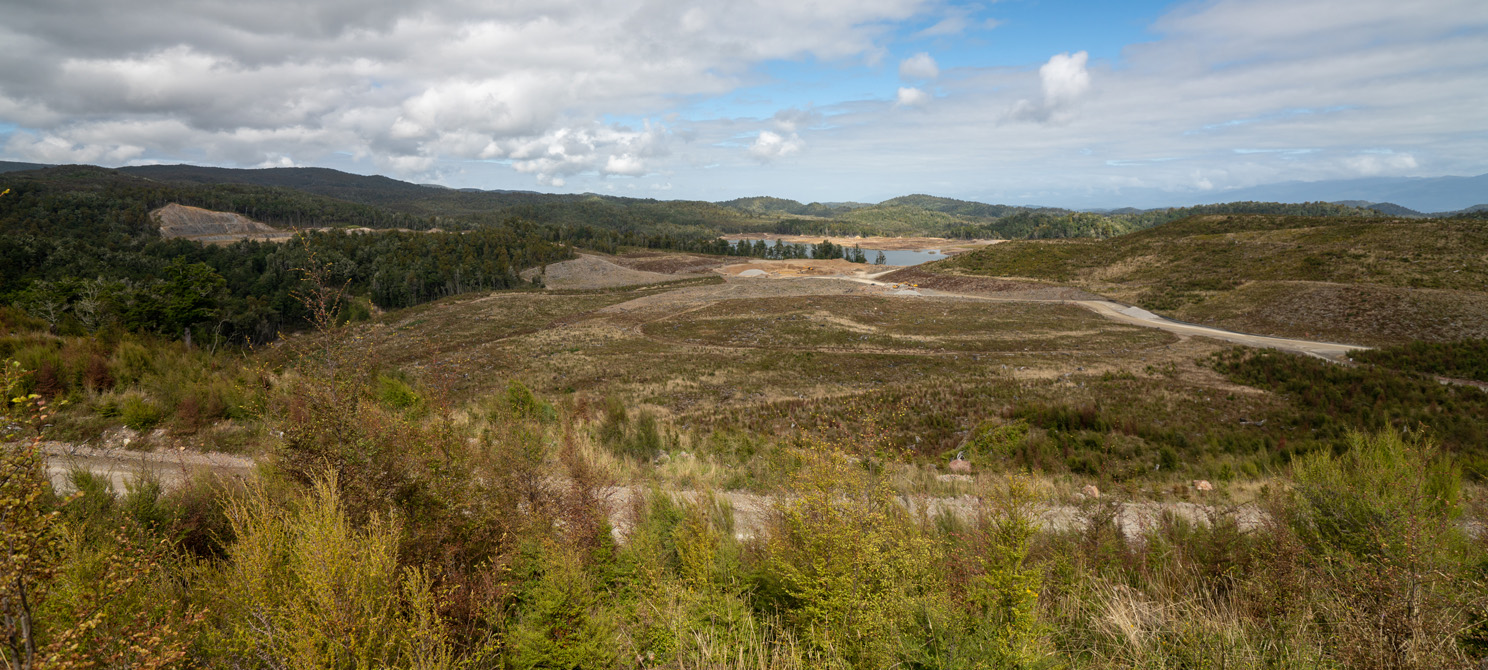
Rehabilitation
It is important to know that in New Zealand, once mining has finished, there are strict rehabilitation requirements that may be in place for a long time. This is to ensure environmental impacts from mining are mitigated or offset to achieve no net loss of vegetation (enhancement of affected animals and/or plants are placed in one area to compensate for mining development in another area).
Requirements for rehabilitation are set out in consent conditions. An opencast mine will rehabilitate land progressively as mining advances, usually returning to grazing which is typically more productive than pre-mining.
Bonds
Mining companies are required to put in place bonds as insurance for the regulator, in the event the company fails.
The bond amount is typically based on an engineer’s peer reviewed assessment of the cost of closure.







